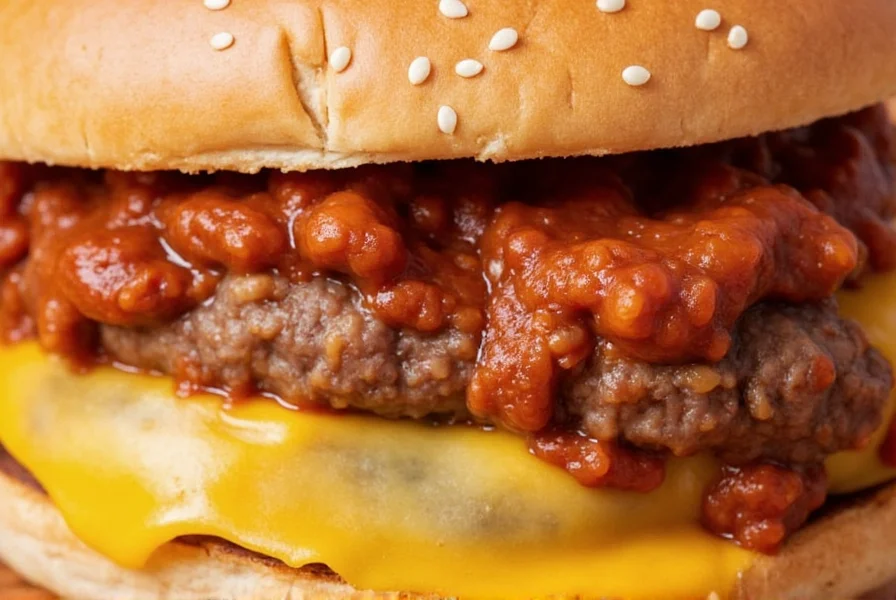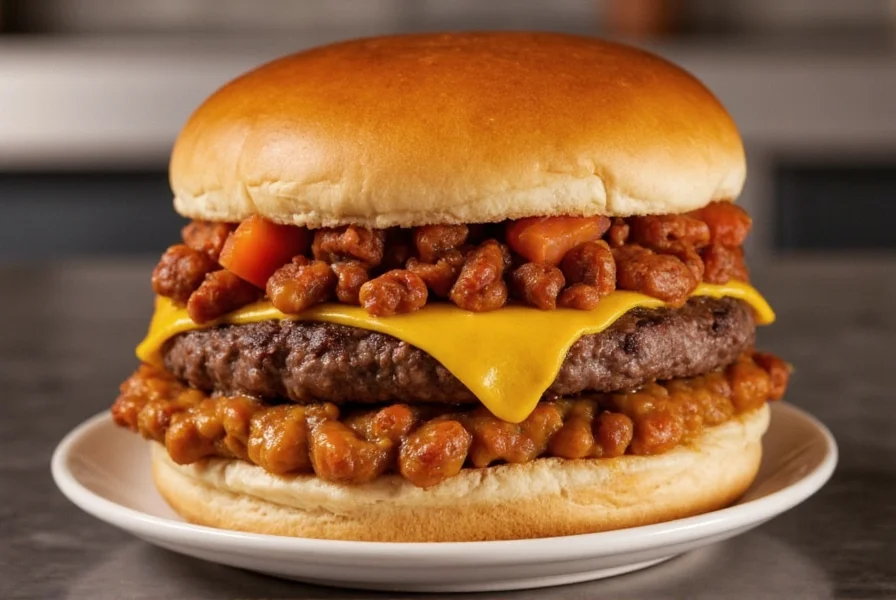For decades, Hayes Hamburger and Chili has been a staple in Midwest dining culture, offering authentic American comfort food with a focus on quality ingredients and time-honored recipes. This regional institution has built its reputation on two signature items: perfectly grilled hamburgers and rich, slow-simmered chili that has remained unchanged since the restaurant's founding.
A Legacy of Classic American Comfort Food
Founded in 1953 by Thomas Hayes in Toledo, Ohio, this family-owned establishment began as a small roadside diner catering to factory workers seeking hearty, affordable meals after their shifts. What started as a single location has grown into a beloved regional chain with over 20 locations across Ohio, Michigan, and Indiana, each maintaining the same commitment to quality that made the original so popular.
The restaurant's enduring success stems from its dedication to simple, well-executed classics. Unlike many modern fast-casual concepts, Hayes Hamburger and Chili has resisted menu bloat, focusing instead on perfecting their core offerings. Their hamburgers feature fresh, never-frozen beef patties cooked to order on a flat-top grill, served on soft sesame seed buns with traditional toppings. The chili, simmered for 12 hours with a proprietary blend of spices, represents the heart of their menu and has earned regional acclaim.
Signature Menu Highlights
While the menu remains refreshingly simple, certain items have become legendary among regular patrons:
- The Original Hayes Burger - A quarter-pound beef patty with lettuce, tomato, onion, and special sauce
- Chili Cheeseburger - Topped with generous portions of their signature chili and melted cheddar
- Bowling Alley Chili - Served in a bread bowl, this regional favorite gets its name from the nearby factory bowling leagues that made it popular
- Chili Dog - A classic hot dog smothered in their slow-cooked chili
What sets Hayes apart from competitors is their commitment to traditional preparation methods. While many establishments have switched to frozen patties or pre-made chili, Hayes continues to grind fresh beef daily and slow-cook their chili in-house using the original recipe. This dedication to quality has earned them a loyal following across multiple generations.
Understanding the Hayes Hamburger and Chili Experience
Visiting a Hayes location offers more than just a meal—it provides a glimpse into mid-20th century American dining culture. The restaurants maintain vintage decor with red vinyl booths, chrome accents, and checkerboard flooring that transports patrons back to the golden age of American diners.
| Feature | Hayes Hamburger and Chili | Typical Fast Food Chain |
|---|---|---|
| Beef Preparation | Fresh ground daily | Often frozen patties |
| Chili Cooking Method | Slow-simmered 12+ hours | Pre-made, reheated |
| Menu Complexity | 25 items or fewer | 50+ items |
| Average Wait Time | 8-12 minutes | 3-5 minutes |
The deliberate pace of service reflects their commitment to quality over speed. While customers might wait slightly longer than at conventional fast food establishments, the result is a noticeably superior product that justifies the wait for regular patrons.
Regional Impact and Cultural Significance
Hayes Hamburger and Chili has become woven into the fabric of Midwest communities where it operates. Local sports teams celebrate victories at Hayes locations, factory workers continue the tradition of post-shift meals, and families make weekend visits part of their routine. The restaurant's "Chili Bowl" promotion during football season has become a regional tradition, with many locations hosting watch parties for local teams.
Food historians note that Hayes represents an important preservation of American diner culture that has largely disappeared elsewhere. Their resistance to corporate franchising while maintaining consistent quality across locations demonstrates a successful model for regional restaurant expansion that prioritizes authenticity over rapid growth.

What Diners Should Know Before Visiting
For first-time visitors to Hayes Hamburger and Chili, understanding what to expect enhances the experience:
- Most locations operate from 7am-10pm daily, with some closing earlier on Sundays
- Cash and major credit cards accepted (no mobile payment options at most locations)
- Counter service with table delivery, maintaining the classic diner experience
- Menu prices remain remarkably affordable considering the quality of ingredients
- Many locations feature retro jukeboxes with classic 1950s-60s music selections
The no-frills approach extends to their marketing—they've never run television commercials and rely primarily on word-of-mouth and community presence to attract customers. This authenticity resonates with patrons seeking genuine dining experiences rather than corporate uniformity.
Why Hayes Hamburger and Chili Endures
In an era of rapidly changing food trends, Hayes Hamburger and Chili's longevity speaks to the enduring appeal of well-executed classics. Their success demonstrates that quality ingredients, consistent preparation, and authentic atmosphere remain compelling propositions for diners. While newer restaurant concepts come and go, Hayes continues to thrive by staying true to the principles that made them popular in the first place.
For those seeking authentic Midwest dining experiences, Hayes Hamburger and Chili represents more than just a meal—it's a connection to regional culinary heritage and a reminder that sometimes the simplest concepts, executed well, stand the test of time.
Frequently Asked Questions
Where did Hayes Hamburger and Chili originate?
Hayes Hamburger and Chili originated in Toledo, Ohio in 1953 when Thomas Hayes opened the first location to serve factory workers in the area. The original restaurant was a small roadside diner that quickly gained popularity for its signature hamburgers and slow-cooked chili.
What makes Hayes Hamburger and Chili's chili special?
Hayes Hamburger and Chili's signature chili is special because it's slow-simmered for 12 hours using a proprietary blend of spices and high-quality ingredients. Unlike many establishments that use pre-made chili, Hayes prepares theirs fresh daily following the original 1953 recipe that has remained unchanged for generations.
How many Hayes Hamburger and Chili locations exist today?
As of 2025, there are 23 Hayes Hamburger and Chili locations operating across Ohio, Michigan, and Indiana. The chain has expanded gradually while maintaining quality control, with most locations remaining within 100 miles of the original Toledo restaurant.
Does Hayes Hamburger and Chili offer vegetarian options?
While Hayes Hamburger and Chili primarily focuses on meat-based menu items, most locations offer a vegetarian chili option and cheeseburgers without meat upon request. However, due to shared cooking surfaces, they cannot guarantee completely meat-free preparation for vegetarian customers.
What are Hayes Hamburger and Chili's most popular menu items?
The most popular menu items at Hayes Hamburger and Chili are the Original Hayes Burger, the Chili Cheeseburger, and the Bowling Alley Chili served in a bread bowl. Their chili dog and classic milkshakes also maintain strong popularity among regular customers.











 浙公网安备
33010002000092号
浙公网安备
33010002000092号 浙B2-20120091-4
浙B2-20120091-4